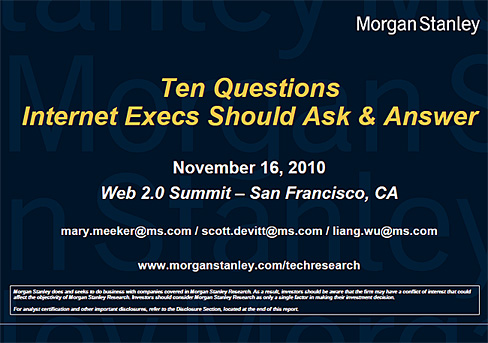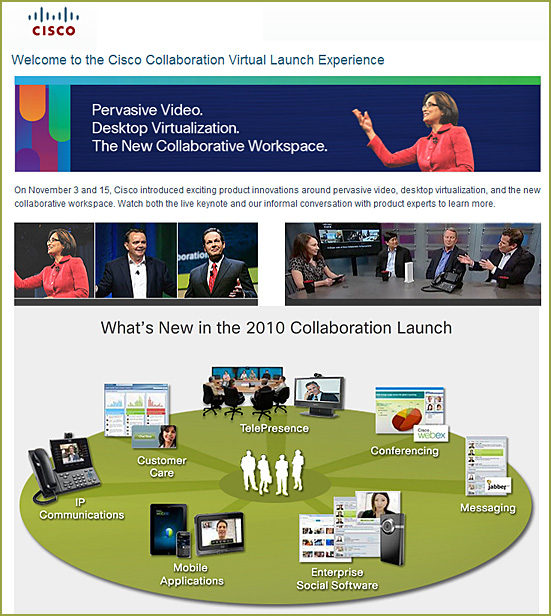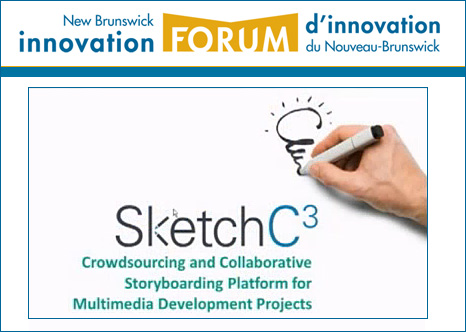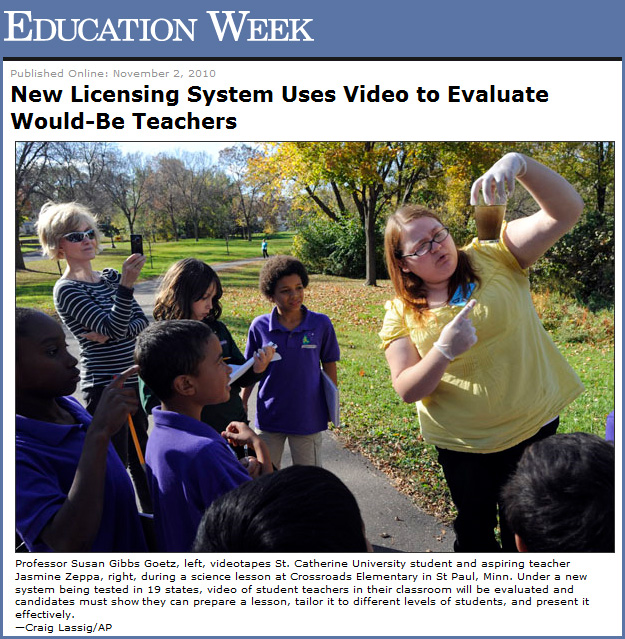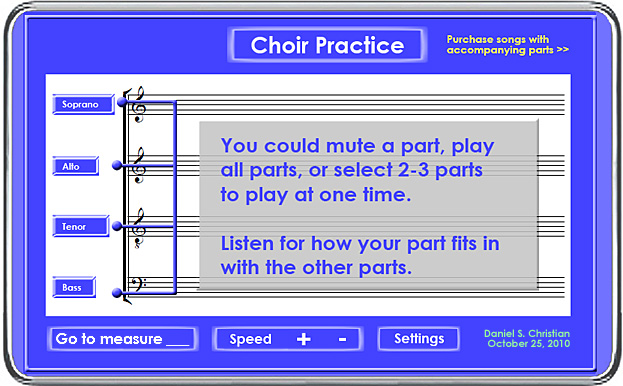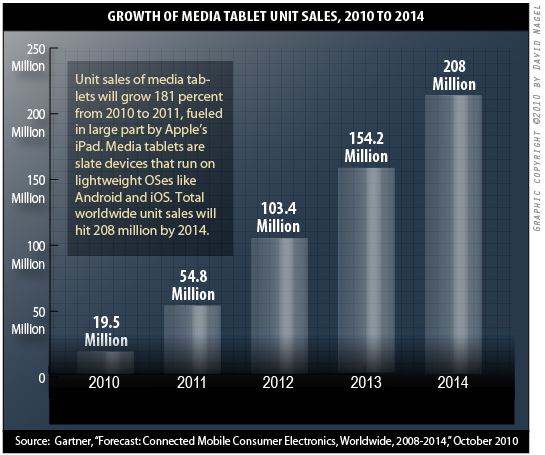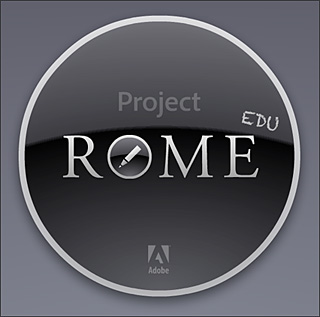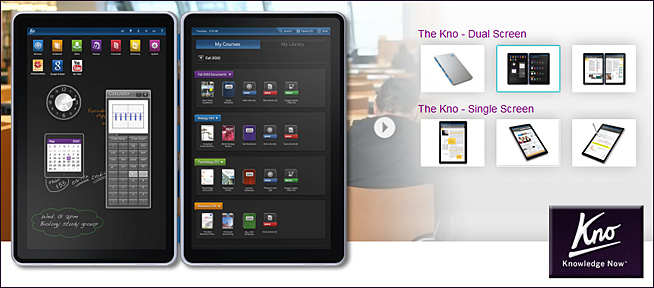Three Ways to Cut, Mix, & Mash YouTube Videos — from Richard Byrne’s Free Technology for Teachers blog
Elliott Masie launches LearningTalks – Free Video Talks on Learning
We are pleased to announce the launch of LearningTalks – a series of short, free, video interviews on learning. This project of The MASIE Center is modeled after the valuable TED Talks, and begins with the release of over 40 segments from Learning 2010. There are interviews with Apolo Ohno, Marshall Goldsmith, Learning Leaders from JCPenny, Yum! Brands, CNN and Peace Corps and many more.
These 3 to 9 minute learning segments are now live at:
LearningTalks – http://www.learningtalks.com
.
Cutting the Pay TV Cord, Chapter 5: Unlimited Internet TV — from Phil Leigh
In short, often there is no reason why modern flat panel TV screens cannot function as giant monitors for up-do-date computers.
Thus a growing number of us are attaching computers to our TVs. The trend is especially prevalent for WiFi enabled computers because they can connect over a home network and thence to the Internet. In such configurations computers – commonly dedicated laptops – function as Internet gateways for televisions. They transform TVs into dual function devices normally controlled from a comfortable viewing distance with ordinary TV remote units.
Also see:
- Cutting the Pay TV Cord, Chapter 4: Broadcast Reception
- Cutting the Pay TV Cord, Chapter 3: Televisions
- Cutting the Pay TV Cord, Chapter 2
- Cutting the Pay TV Cord, Chapter 1
If you’re tired of paying for television service you’re not alone. The number of domestic pay TV subscribers declined for the first time ever at the end of the June, 2010 calendar quarter. The drop was about 200,000. It declined again at the end of the September quarter by an estimated 100,000. Since there are over 95 million pay TV subscribers, the industry publicly minimizes the significance of the trend reversal. But they are wrong to do so. It’s been a growth business for half a century. It’s run its course and Internet video is the successor.
- What is the New Workspace? — from Cisco by John Gaudin
Take wikis, videos, phone calls, document sharing, same time editing, application sharing, messaging, conferencing, workflow, think of all aspects of your work and imagine it digital and integrated with any other tool you’d use, accessed from any device regardless of operation system and location. Is your workspace really the device you’re on, or is it what that device ultimately connects into and enables you to do?
Gartner’s top 10 technologies for 2011 — from GlobalKnowledge.com by Larry Dignan; with special thanks to Mr. Cal Keen, Calvin College, for this resource
- Cloud computing
- Mobile apps and media tablets
- Next-gen analytics
- Social analytics
- Social communication and collaboration
- Video
- Context-aware computing
- Ubiquitous computing
- Storage class memory
- Fabric based infrastructure and computers
SketchC3 — Crowdsourcing and Collaborative Storyboaring Platform for Multimedia Development Projects
Adobe launches its Digital Publishing Suite: InDesign CS5 to iPad — from Terry White’s Tech Blog











